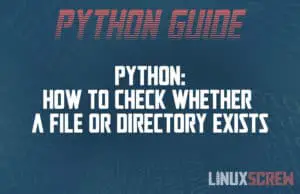Linux cp Command: How to Copy Files and Directories
In this tutorial, we explain how to use the cp command in Linux to copy files or directories. Examples are included below. Linux is one of the most popular Operating Systems on the planet and is the basis for all Android devices. It is open-source and has some clear advantages over other systems such as Windows or macOS. Within Linux, there are a considerable number of different commands that programmers use regularly. What is the cp command? The copy (cp) command is one of the … Read more










